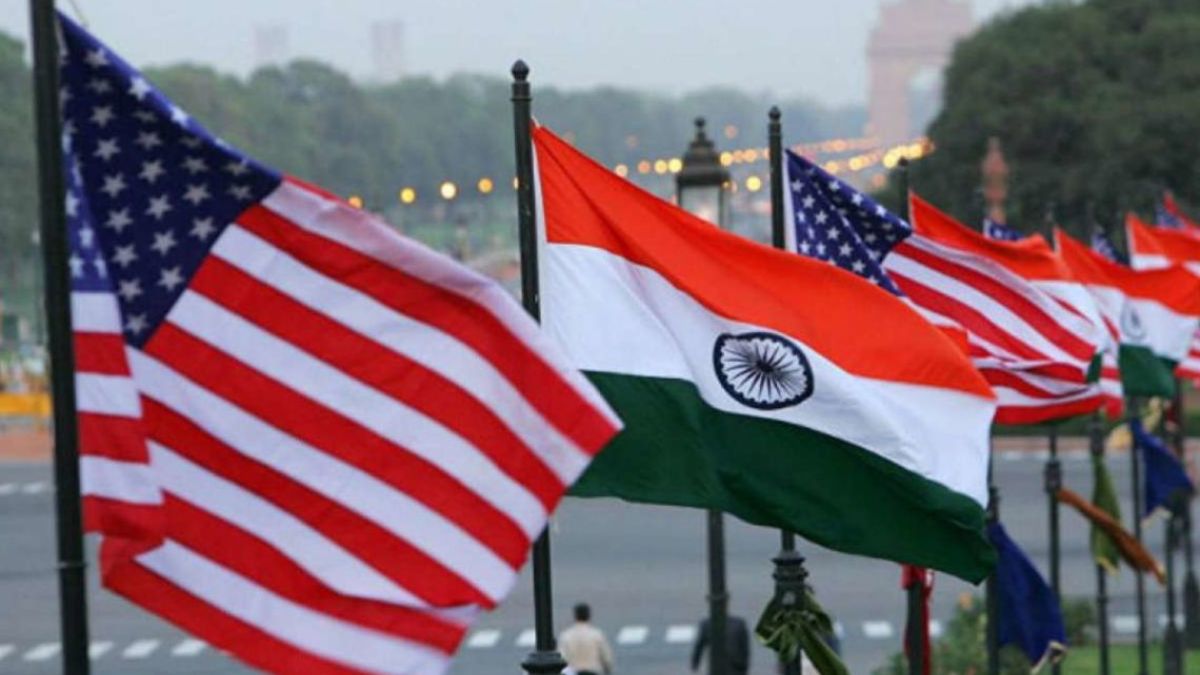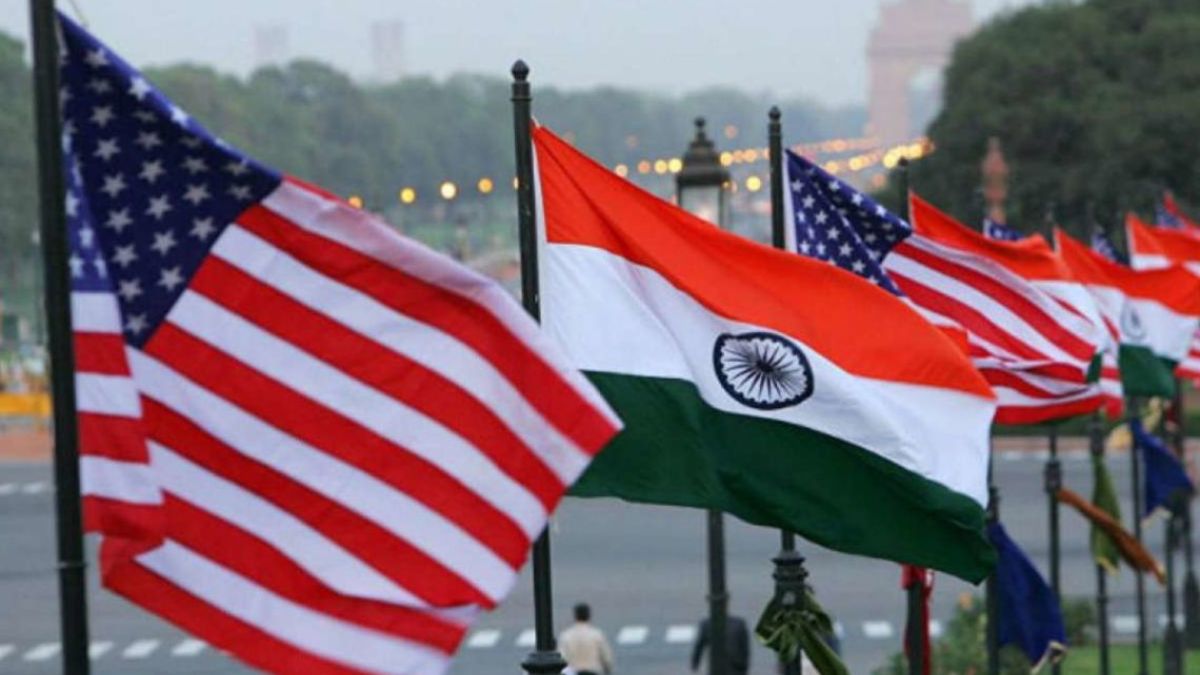As Delhi plunges into its bitter winter, with temperatures dropping sharply and smog reaching hazardous levels, orthopaedic specialists across the National Capital Region are observing a striking trend: a surge in joint pain, stiffness, and flare-ups among arthritis patients. Hospitals report a noticeable increase in consultations over the past two months, highlighting the compounded impact of cold weather and air pollution on musculoskeletal health.
This trend comes against a growing body of scientific evidence that poor air quality is more than just a respiratory threat. A 2025 European Medical Journal study found that long-term exposure to PM2.5 raises the risk of developing arthritis by 12–18%, adding to earlier research linking air pollution with systemic inflammation, elevated C-reactive protein levels and rheumatoid arthritis flare-ups.
Combined with cold weather which naturally tightens muscles, slows circulation and stiffens joints—Delhi’s toxic air is creating what clinicians describe as a “biological stress test” for the body.
How winter weather worsens joint pain
Doctors explain that cold conditions trigger a cascade of physiological changes:
*Blood flow to the extremities reduces
*Muscles tighten
*Joint tissues contract
*Pain receptors become more sensitive
These are enough to worsen symptoms in people with osteoarthritis (OA) or rheumatoid arthritis (RA).
“Cold temperatures reduce blood supply around the joints, making them stiffer,” says Dr Arvind Mehra, Senior Director & Head of Orthopaedics & Trauma, Paras Health, Gurugram.
“For patients with osteoarthritis or rheumatoid arthritis, the combination of cold and toxic air acts almost like a biological stress test on the body.”
The pollution connection: Microscopic particles, major inflammation
The second part of the problem is airborne toxicity. Several recent cohort studies have shown that PM2.5—tiny particulate matter that penetrates deep into the lungs and bloodstream—can trigger inflammatory pathways linked to joint damage.
“Tiny air particles such as PM2.5 don’t just affect our lungs; they get into our blood and cause body-wide swelling, speeding up joint problems,” explains Dr Simon Thomas, Director and Head, Robotic Joint Replacement & Reconstruction, Max Healthcare. He says that patients living in heavily polluted regions often heal more slowly after joint surgery and experience a quicker return of symptoms—an observation supported by multiple clinical audits.
Quick Reads
View AllThe risk is particularly high for older adults and those with pre-existing RA or OA. More doctors across India are observing the same trend. Orthopaedic specialists in other metros are reporting similar winter–pollution patterns.
Dr Sukesh Rao Sankineani, Senior Consultant & Clinical Director, Yashoda Hospitals (Hyderabad) says “We’ve noticed a noticeable rise in joint stiffness, pain and inflammation over the last several weeks. Lower temperatures slow down blood flow, while high PM2.5 levels cause systemic inflammation that worsens swelling.”
He emphasises that long-term exposure to PM2.5 may raise arthritis risk by over 18%, underscoring the chronic impacts of living in smog-heavy cities.
In Delhi, Dr Anil Mehta, Senior Orthopaedic Specialist, Yashoda Hospitals, echoes the same pattern: “This mix of cold temperatures and deteriorating air quality is creating the perfect storm for worsening symptoms. High smog levels consistently above safe limits put the elderly and those with RA or OA at particular risk.”
What people can do: Doctors recommend a winter strategy
Orthopaedic experts say managing arthritis in Delhi’s winter now requires a two-level plan — medical care + environmental vigilance.
Doctors recommend:
*Using air purifiers and ventilating homes only during low-pollution hours
*Staying physically active indoors with stretching, cycling, or warm-water exercises
*Keeping joints warm with layers, warm baths and heat therapy when required
*Maintaining an anti-inflammatory diet including omega-3 rich foods
*Staying hydrated as dehydration worsens joint stiffness
*Avoiding self-medication and consulting specialists during flare-ups
“Timely intervention and consistent management are critical to prevent long-term deterioration,” Dr Mehra stresses.
Experts also emphasise that winter routines should be planned around daily AQI readings, especially on severe smog days.
Doctors say this winter brings a reminder that musculoskeletal health is closely tied to environmental health.
“This winter, protecting joint health calls for both personal precautions and broader public action against air pollution,” says Dr Sukesh Rao.
“The link between arthritis and poor air quality is another urgent reminder that clean air is essential for long-term joint health.”
As Delhi-NCR battles both its coldest and most polluted months, specialists say awareness, prevention and environmental accountability must go hand-in-hand to ease the burden on millions living with chronic joint disease.


)

)
)
)
)
)
)
)
)



